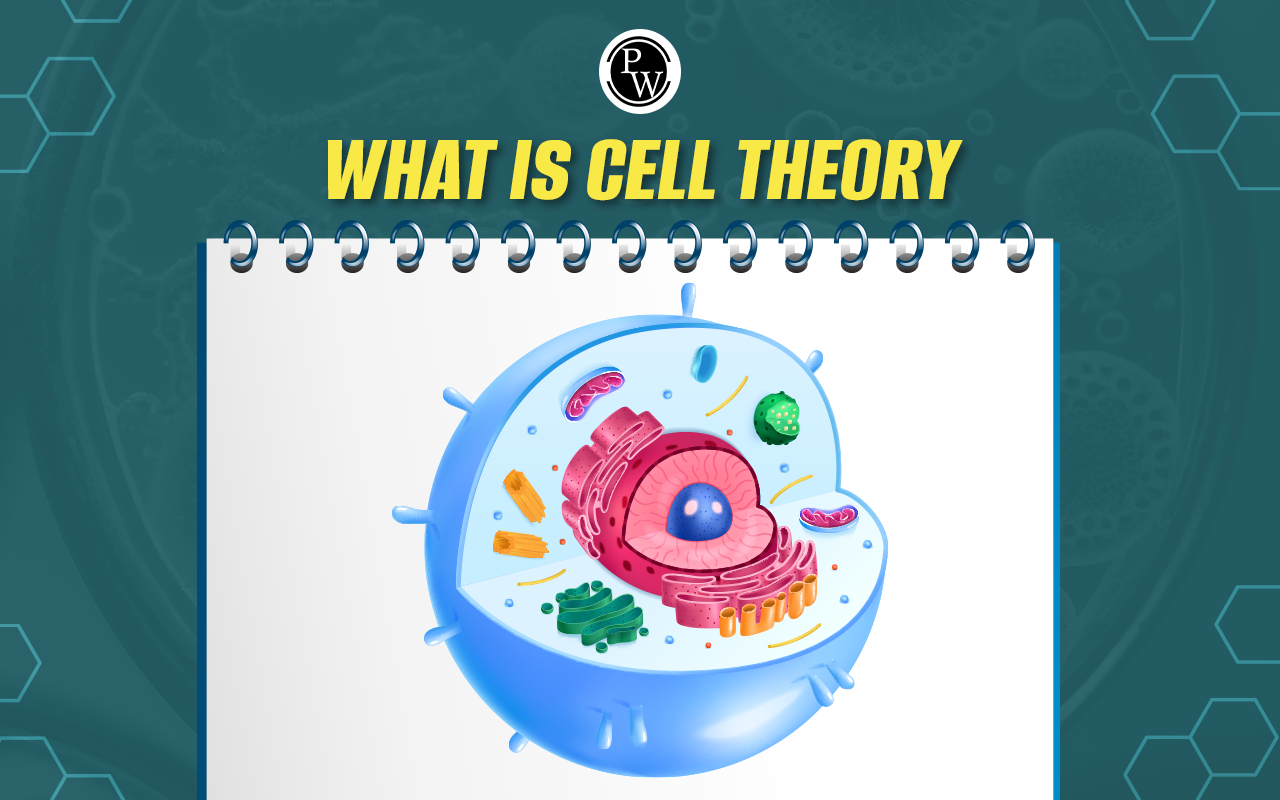
Solution and Colligative Properties Formulas: When we talk about a solution, we mean a mix where tiny parts of two or more things are all mixed up together. Imagine it like a mixture where one part (we call it the solute) is in a smaller amount, and the other part (the solvent) is in a bigger amount. This mixing at the tiny particle level shapes how the solution looks and acts.
Now, let's check out the formulas for colligative properties because it is a crucial part of the NEET 2025 syllabus . These properties are changes in how a solution behaves, and they depend on how much solute is there, not on what the solute is.Solution and Colligative Properties Formulas for NEET 2025
In NEET chemistry, knowing about Solution and Colligative Properties Formulas is super important. A solution is like a mix where tiny parts of things are all mixed up together. There's a bit less of one thing and a lot more of another thing. These formulas are like rules that help us understand how the solution behaves, affecting things like freezing and boiling points. Learning these basics is crucial for doing well in NEET and solving problems about how different substances mix.Concentration of Solution Definition
Concentration in a solution refers to the amount of solute dissolved in a given amount of solvent. It is commonly expressed as molarity or mass percent, providing a quantitative measure of the solution's composition, crucial for various chemical processes and analyses.
What is Osmotic Pressure?
Osmotic pressure is the pressure exerted by a solvent as it moves through a semipermeable membrane to equalize concentration on both sides. This fundamental concept in chemistry and biology plays an important role in understanding processes like osmosis and biological fluid dynamics.
Types of Solutions
Solutions is a homogeneous mixture of solutes and solvents, that come in various types such as gas-gas, gas-liquid, liquid-liquid, and solid-liquid. Understanding these diverse solution types is essential for predicting properties and behaviors in different chemical environments.- Isotonic Solutions : Isotonic solutions have the same stuff dissolved as another solution. This helps keep cells in good shape by balancing the water inside and outside.
- Hypotonic Solutions : Hypotonic solutions have less stuff dissolved than others. Cells in these solutions get bigger because water goes inside them. We use hypotonic solutions in labs and growing cells.
- Hypertonic Solutions : Hypertonic solutions have more stuff dissolved. Cells in these solutions get smaller as water moves out. They're used in medicine for things like drying tissues or taking care of wounds.
Van’t Hoff Correction Factor
Van’t Hoff Correction Factor is applied to adjust the ideal behavior of solutions under non-ideal conditions. Introduced by Jacobus Henricus van’t Hoff, this correction factor enhances the accuracy of predictions, especially when deviations from ideal behavior occur in real-world solutions.
Relative Lowering of Vapour Pressure
The relative lowering of vapor pressure is a measure of the change in vapor pressure of a solvent in the presence of a non-volatile solute. This phenomenon, central to colligative properties, provides insights into the solution's composition and is pivotal in calculating various solution-related parameters.
What is Raoult’s Law
Raoult’s Law describes the vapor pressure of an ideal solution, stating that each component's partial vapor pressure is directly proportional to its mole fraction in the mixture. This law is foundational for predicting the behavior of volatile components in solutions, aiding in various industrial and laboratory applications.
Elevation of Boiling Point
Elevation of boiling point occurs when a solute is added to a solvent, causing an increase in the boiling point of the solution. This colligative property, influenced by the number of solute particles, is crucial in understanding and manipulating boiling point variations in practical applications.
Freezing Point Depression
Freezing point depression refers to the decrease in the freezing point of a solvent when a non-volatile solute is added. This colligative property, dependent on solute concentration, is significant in various industries and laboratories for controlling and manipulating freezing temperatures.
Calculating Determination of Molecular Mass of a Solute
Calculating how heavy a tiny piece of stuff is involves different ways, like looking at how it affects the properties of a mix or using freezing and boiling tricks. These help us know the weight of things, making it easier to mix and analyze solutions.
Using the relation
 Similarly, depression in the freezing point is measured
Similarly, depression in the freezing point is measured 
What is an Ideal Solution?
An ideal solution is like a perfect mix in theory. It follows specific rules called Raoult’s Law, making it easy to predict how each part will behave. This helps in calculating how things mix simply and gives us a baseline for understanding when things don't go perfectly.
Non-ideal Solution with Positive Deviations
Sometimes, when things mix, they don't follow the rules perfectly. If they stick together more than expected, we see positive deviations. This makes things like vapor pressure and boiling point go higher. It's important to understand these changes for real-world situations.
Non-ideal Solution with Negative Deviations
Sometimes, when things mix, they don't stick together as much as we would think. This leads to negative deviations, making vapor pressure and boiling point lower than predicted.
What is Henry Law?
Henry Law talks about how gases mix with liquids. It says the amount of gas in a liquid depends on how much pressure the gas has above the liquid. This law helps us understand how gases dissolve, like in breathing or when we use gases in industries. Exploring these formulas is essential for solving problems related to sound waves in the NEET exam. If you want to learn more about such formulas, you can join PW's NEET online coaching where a team of dedicated teachers personally mentors each candidate.
Exploring these formulas is essential for solving problems related to sound waves in the NEET exam. If you want to learn more about such formulas, you can join PW's NEET online coaching where a team of dedicated teachers personally mentors each candidate.
|
NEET Important Formulas for 2025 |
|
Solution and Colligative Properties Formulas FAQs
What is Raoult's Law?
Raoult's Law is a principle in chemistry that describes the behavior of ideal solutions. It states that the vapor pressure of a solution is directly proportional to the mole fraction of solvent in the solution. In simpler terms, it helps predict how the presence of solutes affects the vapor pressure of a solution.
What is the KF value of water?
The KF value, or the cryoscopic constant, for water is approximately 1.86 °C kg/mol. This value is a constant used in calculations related to freezing point depression, a colligative property of solutions.
What is the formula for the colligative properties of solutions?
The general formula for colligative properties of solutions is:
ΔT = i * Kf * m
where ΔT is the change in temperature (freezing or boiling point), i is the van't Hoff factor, Kf is the cryoscopic constant, and m is the molality of the solution.
What are the 4 colligative properties of solutions?
The four primary colligative properties are:
Freezing Point Depression
Boiling Point Elevation
Osmotic Pressure
Vapor Pressure Lowering
🔥 Trending Blogs
Talk to a counsellorHave doubts? Our support team will be happy to assist you!

Check out these Related Articles
Free Learning Resources
PW Books
Notes (Class 10-12)
PW Study Materials
Notes (Class 6-9)
Ncert Solutions
Govt Exams
Class 6th to 12th Online Courses
Govt Job Exams Courses
UPSC Coaching
Defence Exam Coaching
Gate Exam Coaching
Other Exams
Know about Physics Wallah
Physics Wallah is an Indian edtech platform that provides accessible & comprehensive learning experiences to students from Class 6th to postgraduate level. We also provide extensive NCERT solutions, sample paper, NEET, JEE Mains, BITSAT previous year papers & more such resources to students. Physics Wallah also caters to over 3.5 million registered students and over 78 lakh+ Youtube subscribers with 4.8 rating on its app.
We Stand Out because
We provide students with intensive courses with India’s qualified & experienced faculties & mentors. PW strives to make the learning experience comprehensive and accessible for students of all sections of society. We believe in empowering every single student who couldn't dream of a good career in engineering and medical field earlier.
Our Key Focus Areas
Physics Wallah's main focus is to make the learning experience as economical as possible for all students. With our affordable courses like Lakshya, Udaan and Arjuna and many others, we have been able to provide a platform for lakhs of aspirants. From providing Chemistry, Maths, Physics formula to giving e-books of eminent authors like RD Sharma, RS Aggarwal and Lakhmir Singh, PW focuses on every single student's need for preparation.
What Makes Us Different
Physics Wallah strives to develop a comprehensive pedagogical structure for students, where they get a state-of-the-art learning experience with study material and resources. Apart from catering students preparing for JEE Mains and NEET, PW also provides study material for each state board like Uttar Pradesh, Bihar, and others
Copyright © 2025 Physicswallah Limited All rights reserved.
Get App









